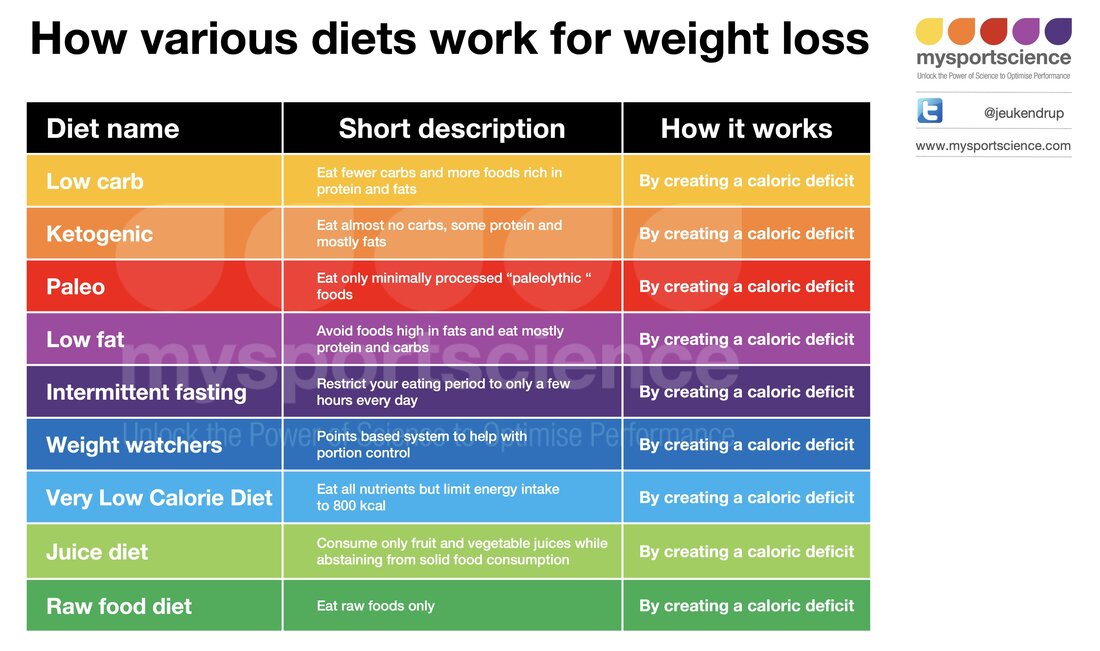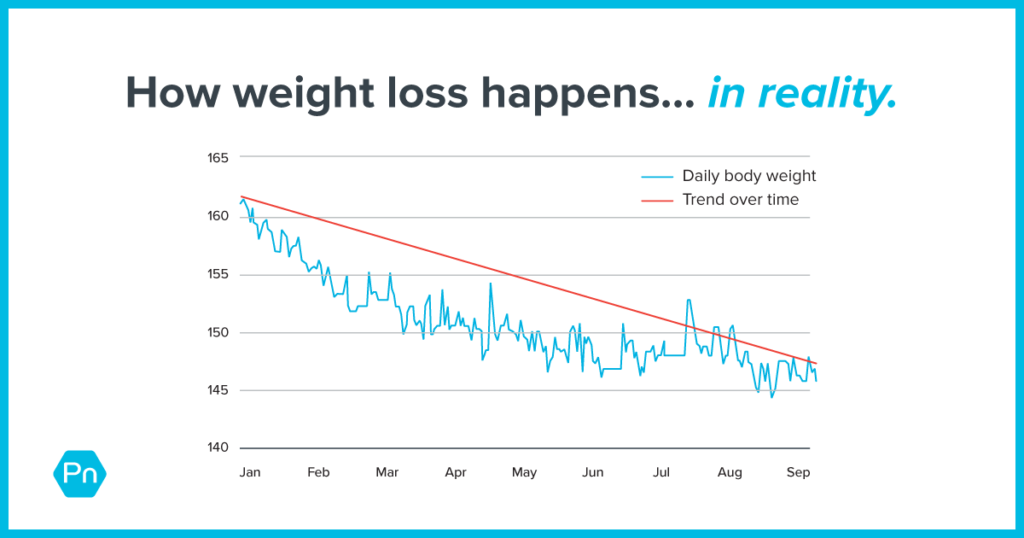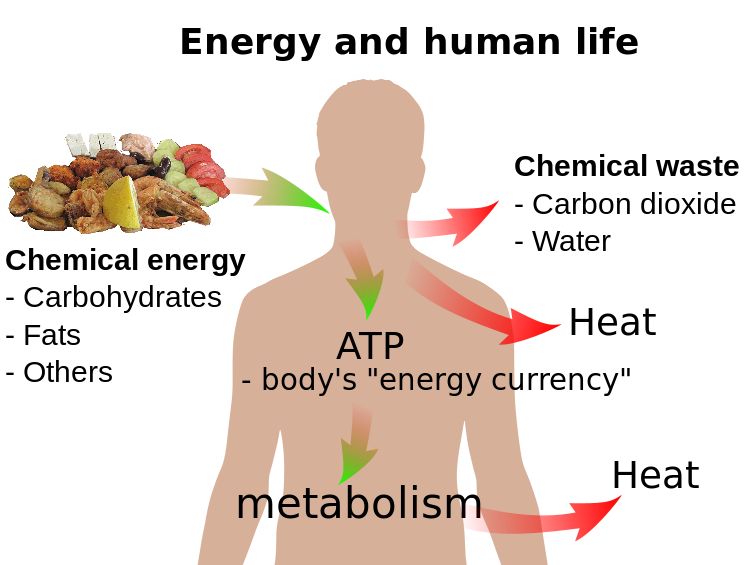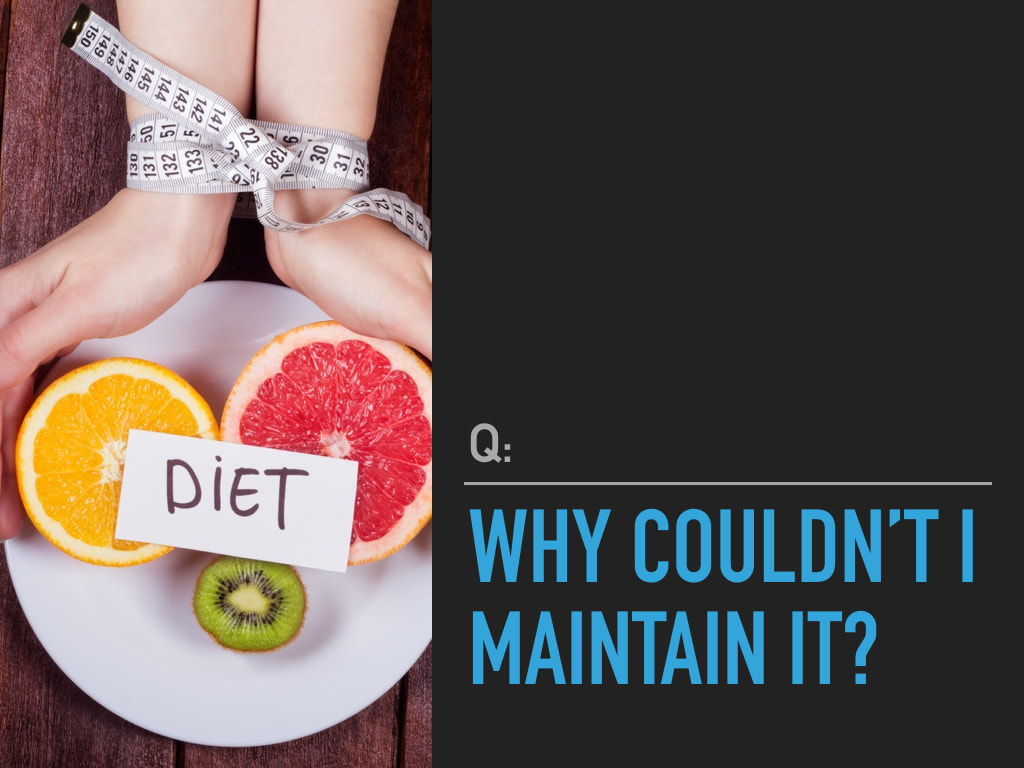|
This was one of the first planned out, daily programs I did for the specific goal of leaning out. Things I learned while doing it:
Things I learned AFTER:
Are you looking for a program to follow? I offer personalized coaching, catered to your goals and needs.
0 Comments
Your diet may get you results, but does it give you the power to control them? Any diet that hyper-focuses on a singular concept such as ketosis, plant based, or paleo ultimately ends up facing the same challenges: What do people do when they stop losing weight? - Do they Keto/vegan/paleo harder? (to borrow from L. Norton) This is where energy content and calories become a necessary metric for understanding and taking control of bodyweight. Many people don't realize that any structure that limits dietary choice results in weight loss, and most people overeat on easily accessible, shelf-stable, carb dominant, convenience type foods that wouldn't normally fit into a keto type diet plan. So we eliminated the foods you overeat on, and you lost weight.....go figure! Of course, if the goal is just being healthy, then that is cool, but we can't then make the leap and say that it is mechanistically unique - that is to say, it is not biologically or chemically more effective than any other diet, this just happens to be one of the ones that limits their trigger foods. What does your weight-loss represent? Someone who has never actually formally followed a diet plan, but who's always been insecure about their weight, will get excited about losing 1-2lb, while others need to lose 5-10lb to get excited. In reality, your weight could fluctuate by that much in a day just due to changes in hydration. This is why I, and other experienced diet coaches, do not fuss about daily weight changes. We much prefer to get a weekly average, and then compare weekly averages to see the bigger trend. Take that to the next level, someone who is 350lbs who loses 40-50lbs may be ecstatic, but really it's just a drop in the pond relative to their total body fat mass. Don't get me wrong, the evidence is pretty clear that you only need to lose 5-10% of your bodyweight to see immediate health improvements (e.g. glucose tolerance, insulin sensitivity, blood lipids, etc.).
Just for example I lost 60 total lifetime pounds from 228 to 168, and I look completely different - total body re-composition, not just fat loss. As I've said before, losing fat isn't hard in an absolute sense, because of it's simplicity. Eat less than you were before and you will start losing fat right away. But gaining muscle is a process that takes years of hard labour - voluntarily mind you. People fail to grasp this on the whole, and they conflate a successful diet with one that
Just as a workout should give you more than it takes from you, I truly believe people would be happier, more motivated, and more fulfilled if they treated their diet the same way. Taking an overly or unnecessarily restrictive approach is unlikely to check those boxes, and as I've said before, diets are not effective due to what makes them different, but by what makes them similar - a caloric deficit. By the way, have you downloaded my FREE COOKBOOK yet!???? So what forms the basis - what are the necessary conditions for us to lose fat? To lose fat you must create a calorie deficit. Simply put, a calorie deficit refers to consuming less energy (i.e. food) than your body requires or expends in a given period of time (typically measured within a 24 hour period). Now, the common MISTAKE made by dieters and CICO “deniers” is assuming that CALORIES IN literally refers only to the total (known) numerical value of calories eaten/drank and that CALORIES OUT literally refers only to calories “burned” through exercise - and for some slightly more acquainted with bioenergetics, resting metabolic rate.
CALORIES IN Calories-In is relatively simple: it’s the food you digest. However, the calorie content of food is imperfectly determined and calorie availability can vary between species/variety/source and even due to the degree of processing involved. These are small inconsistencies, but inconsistencies nonetheless. For example, dietary fiber cannot be digested through typical enzymatic action in our small intestine (we do not produce cellulase). So even though fiber HAS calories, it doesn't mean we "absorb" those calories. However, gut flora in our large intestine can - through fermentation - convert fiber into short-chain fatty acids. Those SCFA can translocate from the intestinal lumen into circulation, yielding calories. Thus, the composition of your gut flora influences your CALORIES IN, and that composition differs between people, and across your lifespan. CALORIES OUT This gets more complicated. CALORIES OUT is not simply represented by what the treadmill tells you. You inhabit a living body that, whether you are conscious of the fact or not, is perpetually dependent on energy availability. In short, CALORIES OUT may be summed up as:
IMPORTANT CAVEATS:
So was this client actually in a caloric deficit when she came to me? According to the equation, yes - according to real-life, NO! By definition, because she was not losing weight she was NOT in a caloric deficit. It's important to remember that equations are crude estimations of calorie needs, and just exactly how efficiently individuals digest and utilize/partition the food molecules they eat is unique to them. Activities like resistance training stimulate muscle protein synthesis (MPS) to a large enough degree that we can actually see its effect in 1-2 months - which is pretty amazing to think about! The food you eat literally forms the essential elements of contractile muscle! Because we created a demand for protein and energy (in the molecular form of ATP), we robbed her adipose (fat cells) to maintain, build, and repair actively trained muscles. Training created the deficit, but it also told her body what to do with her food: Burn the Fat, Feed the Muscle! Start Somewhere, Start Now
Cover Your Bases
Do you have a good understanding of why your diet didn't work, or why it may have worked initially but you couldn't sustain it? Millions of people diet, and dieting is a Billion dollar if not Trillion dollar industry. The culture of body image and weight loss means big bucks for people looking to capitalize by marketing diet products and programs. You've probably tried a few different diets and achieved similar results, or perhaps you experienced divergent results but a common regression to your original starting point - perhaps you ended up gaining more than you lost. This is a common problem. It's been said that we don't have trouble losing weight - people do it everyday. Rather, we have trouble keeping weight off. Why? The reason.... Please watch, listen, and share the video lecture. |
NANAIMO'S BEST kettlebell group, strength & fitness classes | (250) 713-1262
CategOries
All
Archives
February 2024
|
Get Social! |
Closer Than You Think!11 Giggleswick Pl
Nanaimo, BC V9S 2V7 |






 RSS Feed
RSS Feed
